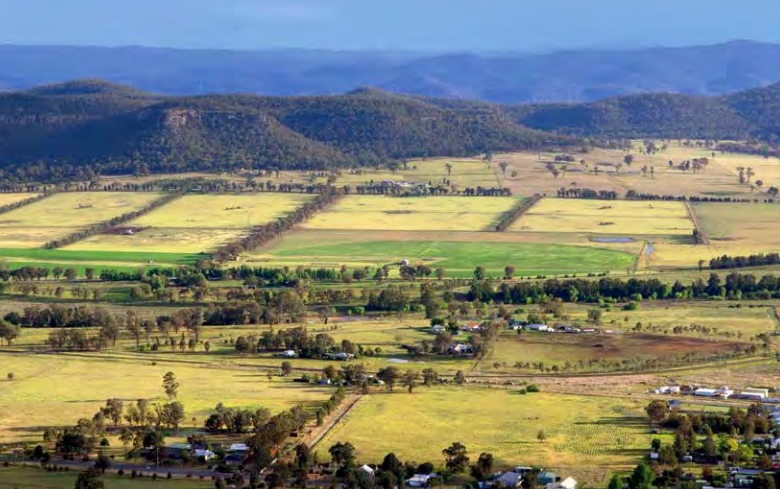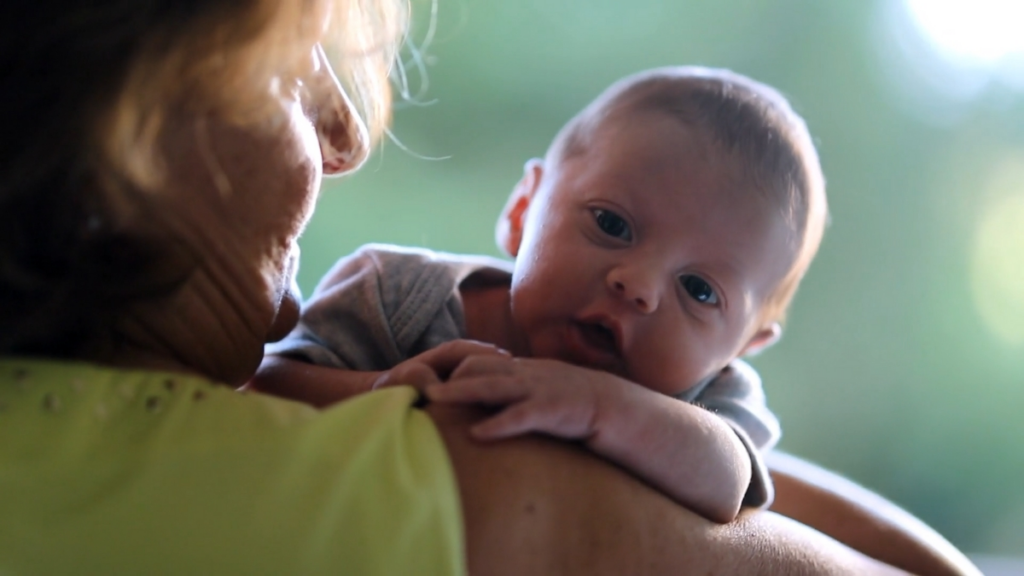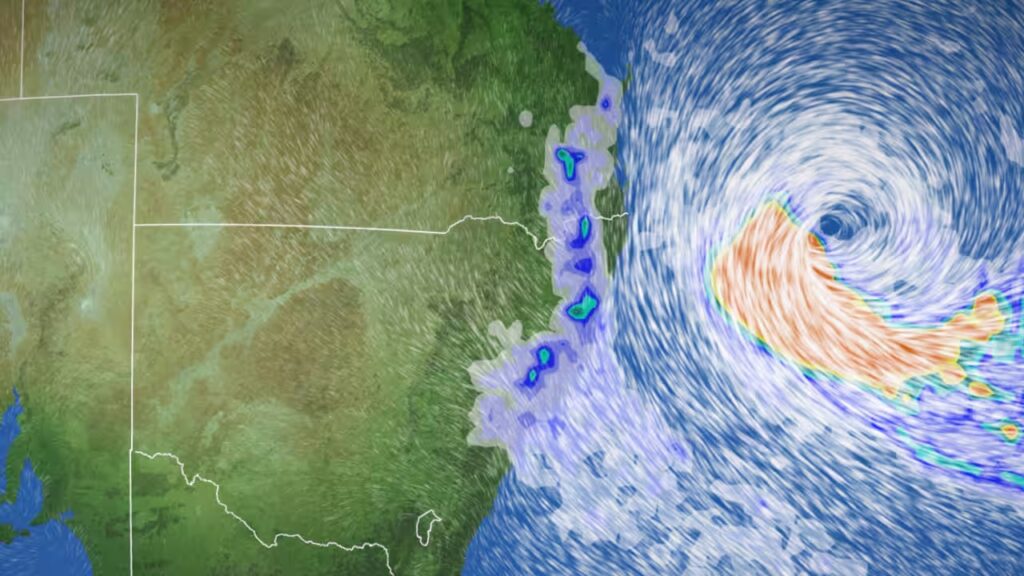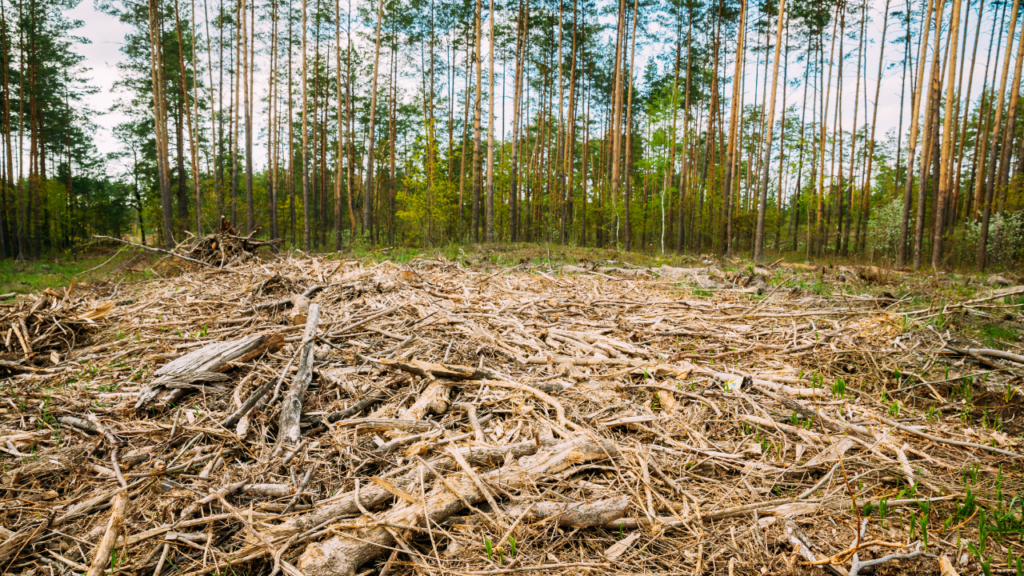Our new report reveals that climate change is likely to worsen the systemic disadvantages suffered by rural and regional communities, and further widen the gap between rural and urban areas.
The ‘On the Frontline: Climate Change & Rural Communities’ report finds the increase in extreme weather events is disproportionately affecting those in rural areas, with serious social, health and economic impacts.
DOWNLOAD THE REPORT
KEY FINDINGS
1. Rural and regional communities are
disproportionately affected by the impacts of climate change.
- Climate change
is worsening extreme weather events such as bushfires and drought and rural and
regional communities will continue to be disproportionately affected. - Many
agricultural businesses surveyed have used financial reserves and/or have taken
on increased debt in response to extreme weather events. - Australia’s
agricultural sector is showing signs of decreasing capacity and faltering
productivity gains and the resilience of some rural industries is under threat.
2. The systemic disadvantages experienced by rural and regional communities over those
in urban areas are likely to worsen if climate change continues unabated.
- Rural and regional communities have already seen a significant reduction in
population that has prompted further losses in services and unemployment. Climate
change will further exacerbate these stresses. - Strong climate action is required
to protect rural and regional communities from the worsening impacts.
3. Rural and
regional communities are already adapting to the impacts of climate change but
there are limits and costs.
- Adaptation to cope with a changing climate may
be relatively incremental, such as changing sowing and harvesting dates, or
switching to new breeds of livestock and new varieties of crops. - More
substantial adaptation options may involve changing production systems (eg. from
cropping to grazing), or relocating to more suitable areas. - The more
transformational adaptive changes may be risky and expensive, especially for individual
farmers. - As the climate continues to change, adaptation will become increasingly
challenging.
4. While rural and regional communities
are on the frontline of climate change impacts, tackling climate change also
provides these communities with many opportunities.
- In Australia, rural
areas receive around 30 – 40% of the total investment in renewables, valued at
$1-2 billion per year. - Renewable energy projects bring jobs and investment into
rural and regional communities. Delivering half of our electricity from
renewable sources by 2050 would create more than 28,000 jobs. - The transition
to clean energy will also reduce the health burden of burning coal, which is
almost entirely borne by rural and regional areas, e.g. the Hunter and Latrobe
valleys. - Farmers can build the climate resilience of their farms by adding
additional revenue streams, such as by hosting wind turbines and other renewable
energy projects. Across Australia, approximately $20.6 million is paid annually
in lease payments to farmers and landholders hosting wind turbines. - Community funds and additional rate revenue for rural and regional areas from renewable
energy can be used to improve public services such as schools and local infrastructure. - Renewable energy can reduce electricity costs for rural and remote
communities, who traditionally pay much higher prices than their urban counterparts.
It also offers independence from the grid with several towns now racing to be the
first to operate on 100% renewable energy.














